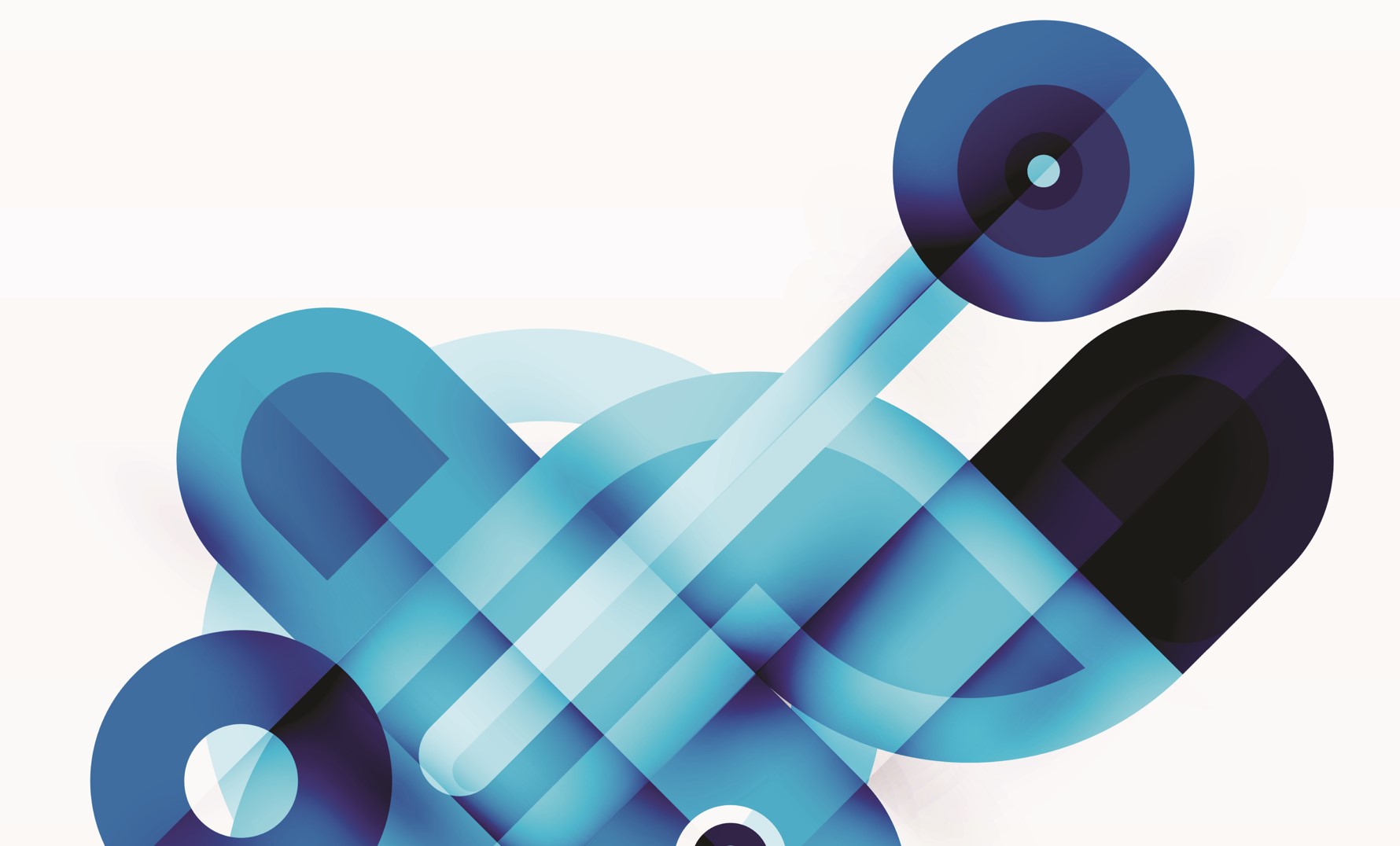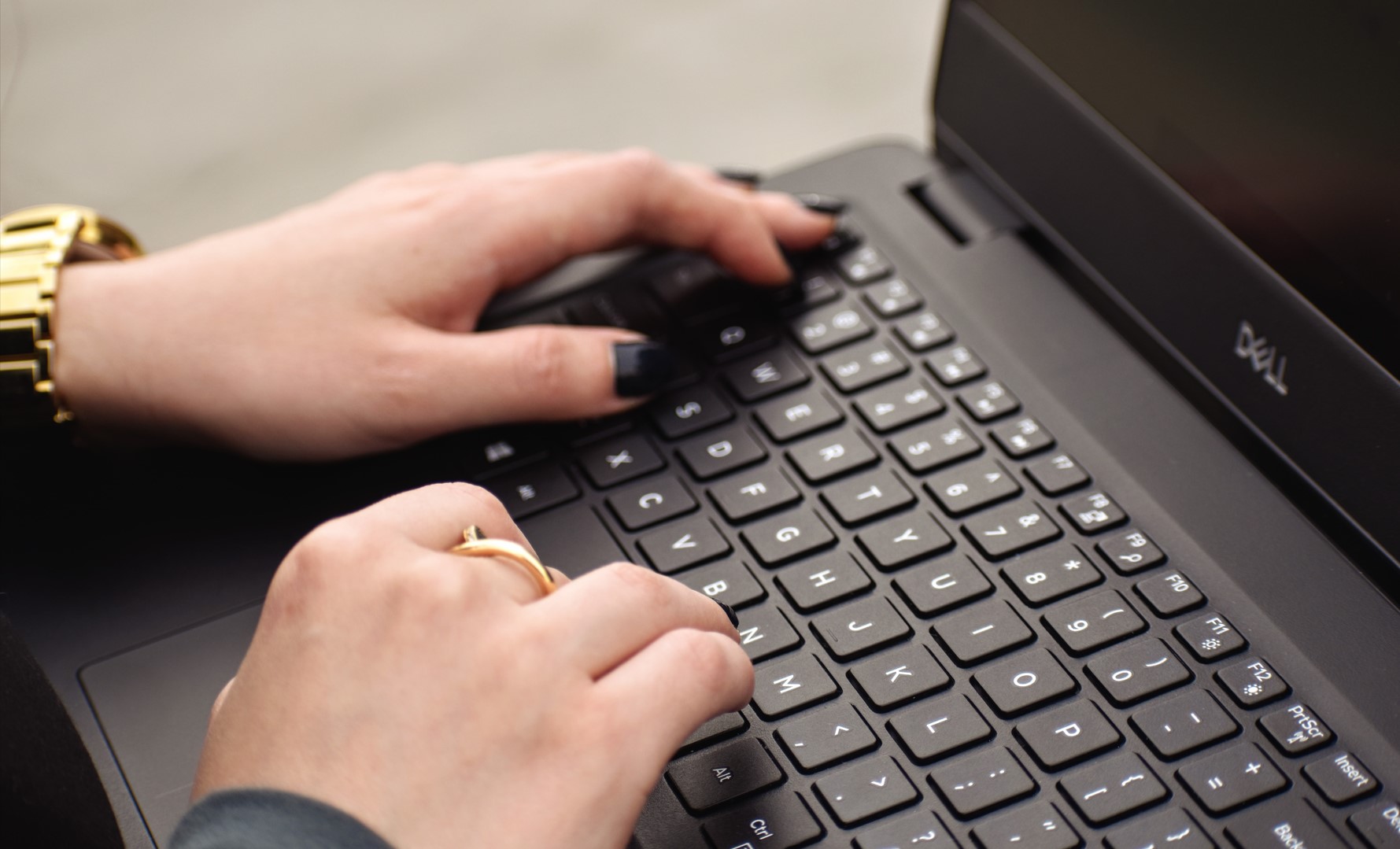- July 29, 2022
What changes are coming in the 3D modeling industry?

3D modeling is widely used everywhere in almost all areas of modern life. Today it covers the consumer segment, and various, sometimes surprising areas as well. There are major industries that cannot be imagined without three-dimensional models, such as entertainment, car production, or medicine. However, each industry where 3D modeling brought changes has its own set of standards and unspoken rules. Therefore, let’s go through a brief tour of the 3D modeling history, applications, and evolution to analyze the industry’s potential transformations and development vectors.
What is 3D Modeling?
3D modeling refers to three-dimensional graphics (computer graphics), which indicates the work in three-dimensional space. The task is to create a three-dimensional model of the object where the result is limited only by the creator’s imagination. This is done with a certain pack of soft and is applicable in gaming, interior design, character building, architecture, environmental objects, etc.

For the first time, such visualization of objects was presented in the 1960s. Then specialists in computer engineering and automation participated in the process.
Modern technologies can create models of varying complexity and size, test the created prototypes and make both technical and design changes to them.
Even though complex mathematical formulas are at the heart of 3D modeling software, the programs automate all calculations for users by providing a user-friendly interface. Creating high-quality 3D is quite difficult and time-consuming – it is, in fact, a kind of art. To achieve realism, one needs to know the features of modeling and pay special attention to the calculations at each stage of the project.
The brief history of 3D modeling
The history of 3D modeling dates back to ancient times. In ancient Egypt, builders constructed pyramids using geometry to restore the boundaries of farmland after the flooding of the Nile. Further, the Greek scientist and geometry founder Euclid developed concepts that are still used in 3D modeling. Moreover, in ancient Rome, civil surveying became a profession, and surveyors created measurement systems to evaluate and create records of conquered lands.

Later, French mathematician René Descartes made a major contribution to the development of the industry in the 1600s. He layed the foundation for an analytical geometry called coordinate geometry, which is the basis of three-dimensional earthwork modeling.
In the 18th century, European surveyors already knew that different angle measurements taken from different areas could be used to determine an exact location, a technique known as triangulation. Later, new surveying instruments such as measuring wheels, Kater’s compasses, and Gunter’s chains became widely used. The English mathematicians James Joseph Sylvester and Arthur Cayley developed matrix mathematics, which today allows modern computer images to display reflections or light distortions.
The industry development process was long and led to the first commercially available computer-aided design (CAD) systems that converted survey data into visual representations. The very first company to start doing 3D modeling was Evans & Sutherland. Starting from 1968 the company did a lot to improve, develop and make CAD more available.
Since then, users have moved from using surveying poles to 3D modeling and control machines.
3D modeling global market trends
The 3D model market is one of the most promising and fastest-growing segments of the digital space. The key prerequisites for future growth are:
- Increasing use of 3D models in films, television, games, media, etc.;
- Plans for the development of virtual and augmented reality technologies, including projects to create the Facebook Metaverse;
- Growth in demand for 3D cartography from navigation, geopositioning, and defense industry services;
- Improving 3D scanning technologies, increasing the availability of 3D scanners and specialized software. An important contribution to the development of this direction was made by unmanned aerial vehicles. The installation of laser scanning devices makes it possible to quickly and cheaply obtain accurate three-dimensional terrain models.
- Development of 3D printing and 3D milling, availability of these services upon request. A new model of a trade-in for many consumer goods is being formed on the market when the buyer purchases a three-dimensional executive file – a drawing for a machine tool and orders the manufacture of the desired product at one of the production services.
The coronavirus pandemic harmed the global 3D modeling industry market, however, in 2021, growth resumed.
By 2025 the global 3D modeling market will reach $7.6 billion according to MarketsandMarkets forecast.
The Impact of 3D printing’s rapid development on the 3D modeling industry
Technological progress in 3D printing has led to the emergence of a new business format – online platforms where anyone can order printing from any material (from plastics to bronze and titanium), based on a personal model. This opens up a wide range of opportunities for the entry of 3D products into the consumer market.
Helping users to select the best 3D modeling software for 3D printing
Check this article to learn more about the best 3D modeling software for 3D printing. We’ve selected and shared with you best 3D modeling software for 3D printing. The design software list is completed by our specialists based on various feedback and analysys.
So, Ikea, one of the world’s largest furniture and home goods retailers, offers a whole line of interior accessories made by 3D printing. Ikea is known for its collaborations with several legendary designers such as Martin Bergstrom, Noboru Nakamura, and Chris Stamp. The opportunities opened up by new technologies can contribute to the history of design. This is just one example of how businesses are using 3D modeling extensively and ingeniously.
An important factor determining the prospects for market growth is the availability of qualified specialists. Thus, the demand for a wide variety of specialists is growing at a faster pace – from 3D artists and designers to programmers and technologists of additive manufacturing.
Seems, that Industry 4.0 is in the active phase.
The impact of Industry 4.0 on manufacturing
A new industrial revolution unlike any previous one will inevitably change the way we work, play, socialize and shop.

Industry 4.0 involves a new approach to production based on the massive introduction of information technology in the industry, large-scale automation of business processes, and the spread of artificial intelligence.
Like all previous industrial revolutions, the Fourth is changing not only production but our whole life – the economy, relationships between people, and even, to some extent, the very understanding of what it means to be human. Artificial intelligence and robotics, the Internet of Things (IoT) and 3D printing, virtual and augmented reality, bio- and neurotechnologies – these latest methods are becoming part of our daily existence before our eyes.
